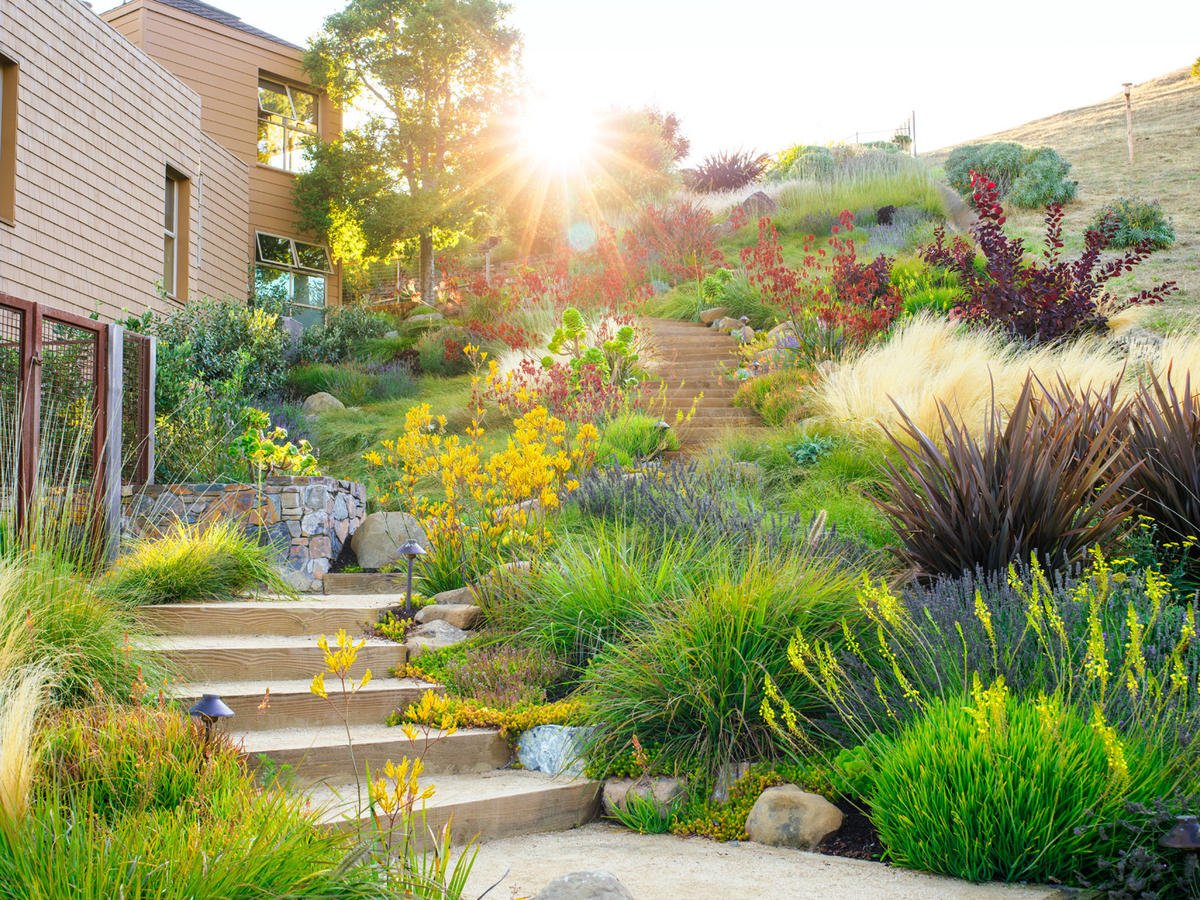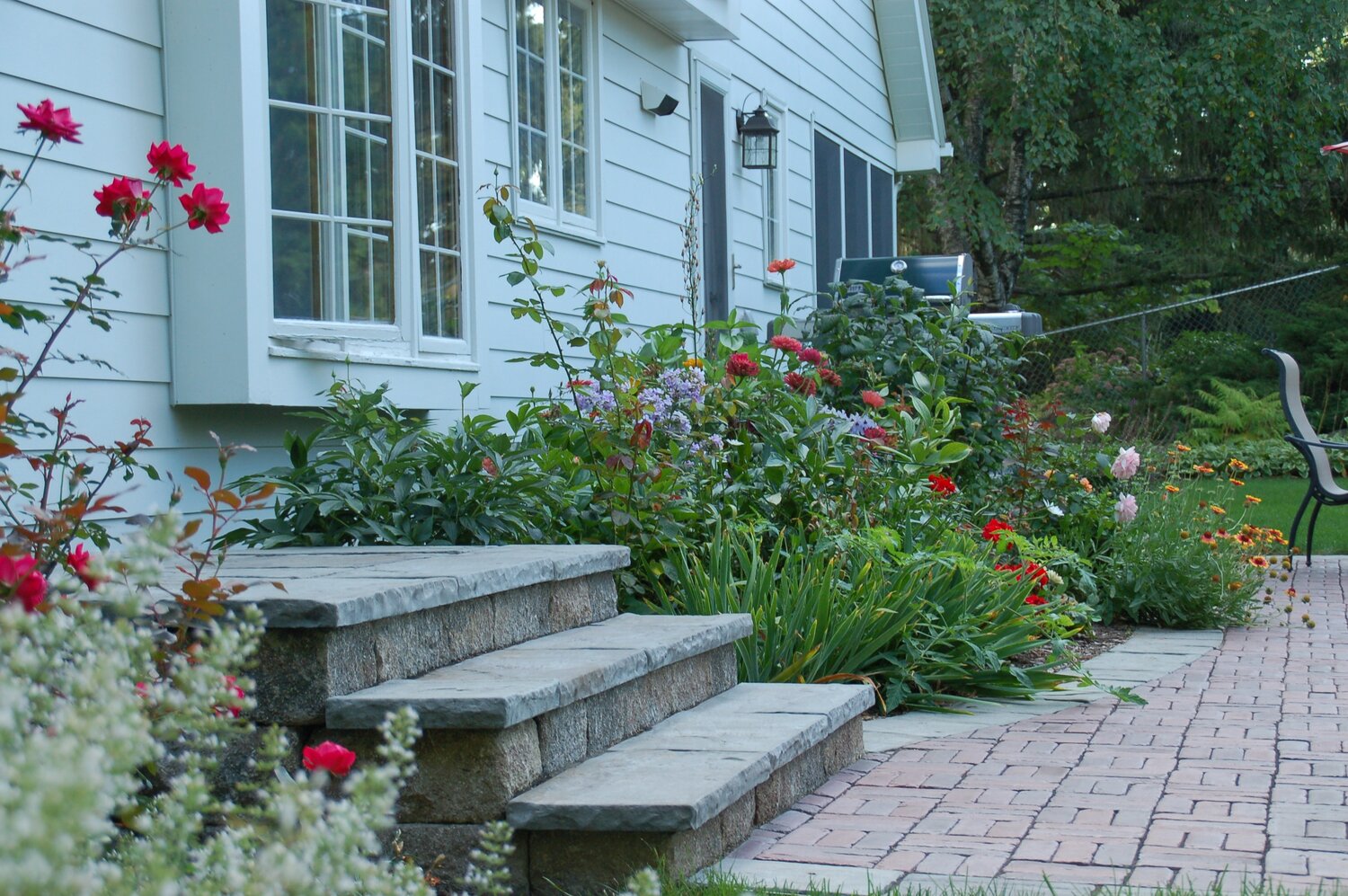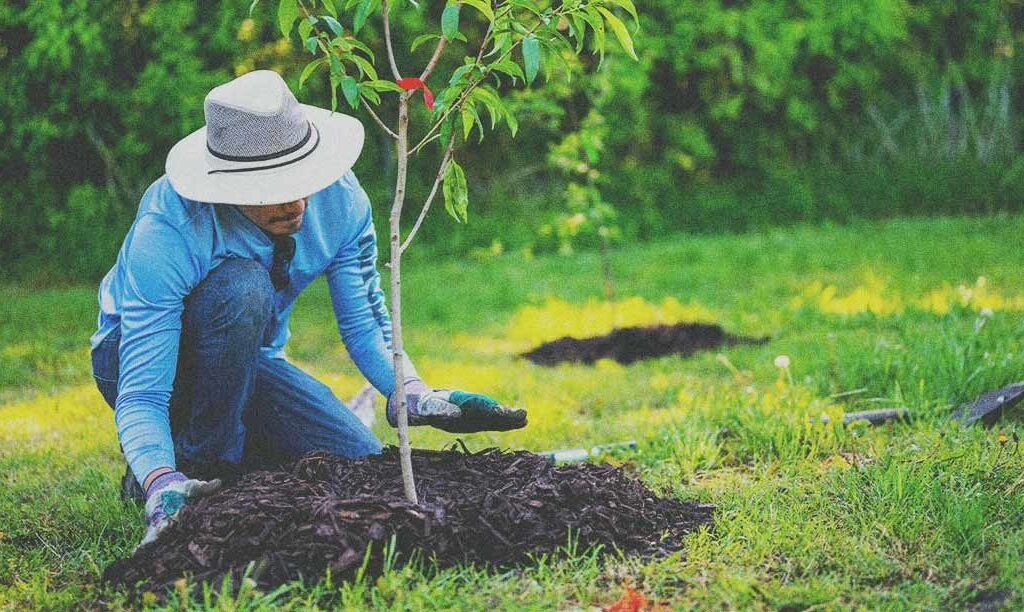Introduction to Tree Planting Design Guidelines
Tree planting design is more than just placing trees in the ground. It’s about crafting a landscape that promotes ecological balance, aesthetic appeal, and sustainability. Whether you’re working in an urban or rural setting, designing a tree planting plan that ensures the right trees are planted in the right places is crucial for long-term success. In this guide, we’ll cover everything you need to know about creating effective and thoughtful tree planting designs.
Why Tree Planting Design is Important
Benefits for the Environment
Trees are nature’s most effective carbon sinks, and thoughtful planting can enhance their ability to fight climate change. The right design can boost biodiversity, prevent soil erosion, and improve water retention. Trees also reduce the urban heat island effect, making cities cooler and more livable.
Aesthetic and Urban Impact
From a design perspective, trees are vital for creating visually pleasing spaces. They soften the harsh lines of concrete buildings, offer shade, and create a sense of tranquility. In urban areas, tree-lined streets promote walking, reduce noise, and improve mental health.
Types of Tree Planting Designs
Urban Tree Planting
Urban tree planting focuses on maximizing green space within cities. This includes planting along streets, in parks, and even on rooftops, where space is often limited. Urban designs often require careful planning to ensure trees don’t interfere with infrastructure.
Rural Tree Planting
In rural areas, tree planting designs may focus on reforestation, shelterbelts, or creating windbreaks to protect crops and homes from harsh weather. The goal in these areas is often ecological restoration and land management.

Choosing the Right Trees
Native vs Non-Native Species
When selecting trees for your planting design, choosing the right species is key. Native species are usually the best option, as they are adapted to the local climate and ecosystem.
Why Native Trees are Preferable
Native trees support local wildlife, require less maintenance, and are more resilient to pests and diseases common to the area.
Risks of Invasive Species
Non-native trees can sometimes become invasive, outcompeting local flora and harming the ecosystem. This may result in lasting environmental challenges.
Site Assessment for Tree Planting
Understanding Soil Types
The type of soil on your site will greatly affect tree growth. Whether it’s sandy, loamy, or clay soil, each type has its advantages and limitations for different tree species.
How Soil Affects Tree Growth
Trees need well-draining soil to thrive. Understanding the pH levels and nutrient availability in the soil will help you determine which trees will grow best.
Water Availability
Another important consideration is water availability. In areas with low rainfall, drought-resistant species are ideal, while trees in areas with higher precipitation may require species that can tolerate waterlogged conditions.
Sunlight Exposure
Most trees need ample sunlight to grow, but some thrive in shade. When designing your planting, ensure that trees are positioned to receive the correct amount of sunlight for their needs.
Spacing and Arrangement of Trees
Optimal Tree Spacing
Trees need room to grow. Spacing them too closely can lead to competition for resources, while planting them too far apart can leave the landscape looking sparse.
Avoiding Overcrowding
Overcrowding not only stunts tree growth but can also lead to increased disease and pest issues. Proper spacing is essential for maintaining tree health.
Aesthetic and Practical Considerations
When arranging trees, consider both aesthetic appeal and practical function. Groupings of trees can create natural focal points, while evenly spaced rows can be functional in areas like orchards or along roadways.
Tree Planting in Urban Areas
Dealing with Limited Space
Urban environments often have limited planting space. Vertical planting options, like green walls or rooftop gardens, can maximize the number of trees in a confined area.
Vertical Tree Planting Options
Using trellises and containers, vertical planting can bring green life to otherwise unused spaces, creating micro-habitats even in the most concrete-dominated areas.
Rooftop Gardens and Trees
Rooftop gardens provide not only beauty but also insulation for buildings, reducing energy use. Certain tree species can thrive in these environments with proper care.
Tree Planting in Rural Areas
Large-Scale Planting
In rural areas, the focus may be on large-scale planting, such as creating forests or agroforestry systems.
Windbreaks and Shelterbelts
Windbreaks and shelterbelts are rows of trees planted to reduce wind speed and protect crops, homes, and livestock. These designs also reduce soil erosion.
Restoring Forests
Reforestation projects aim to restore large areas of deforested land, improving the environment and biodiversity.
Steps to Proper Tree Planting
Preparing the Soil
Before planting, it’s essential to prepare the soil by loosening it, removing weeds, and adding mulch or compost to ensure nutrients are available for the young tree.
Mulching and Fertilizing
Mulching preserves soil moisture while suppressing the growth of weeds. Fertilizing during planting gives trees a nutrient boost, promoting healthier growth.
Digging the Right-Sized Hole
The hole for planting should be wide enough for the tree’s roots to spread out and deep enough for the root ball to sit just below the surface.

Proper Tree Placement
After placing the tree in the hole, fill it with soil, water it thoroughly, and ensure that the tree is standing upright. Staking may be necessary for young or tall trees to ensure stability.
Maintaining and Caring for Planted Trees
Watering Guidelines
Newly planted trees require regular watering, especially during the first few years. Proper irrigation is crucial to ensure healthy root development.
Pruning and Trimming
Regular pruning helps trees maintain their shape and health, removing dead or diseased branches.
Disease and Pest Management
Watch closely for any indications of pests or diseases. Spotting and addressing issues early can help avoid major harm.
Using Tree Guards and Fencing
Tree guards prevent animals like deer or rabbits from eating bark, while fencing protects trees from foot traffic or vandalism.
Common Mistakes in Tree Planting Design
Overplanting or Underplanting
Striking a balance is crucial. Overplanting can lead to overcrowded, unhealthy trees, while underplanting leaves areas looking bare.
